You probably already know that sunscreen is the most important skincare product in your routine, but you may be making some sunscreen mistakes that are getting in the way of your best possible sun protection.
We’re here to help you understand your skin and find products that work for you.
We love that, over the past few years, the idea of wearing sunscreen and the value that it holds has become a lot more popular. People really understand that wearing sunscreen regularly is important not only for skin health but also for the appearance of your skin. However, we do see some common mistakes that we want to address.
We sort of feel like getting in the habit of wearing sunscreen is sort of like getting in the habit of exercising. It’s always going to be beneficial to have that as part of your regular or daily routine. But once you’ve made that habit, there are little tweaks that you can make to your exercise regimen or to your sunscreen regimen that make it even more effective and optimized.
We also want to mention that how diligent and meticulous you are with your sunscreen application has to do with your personal skin goals. Also, we never want you to be stressed out by skincare. We want it to be fun. We want it to become a good, healthy habit. But ultimately, if you find out that you’ve been making a sunscreen mistake, it’s okay. You’re learning. We’re all getting better at things as we go through life, and sunscreen application can be one of them.
And on that note, let’s get into the sunscreen mistakes and how to correct them.
Mistake 1: Not Applying Enough
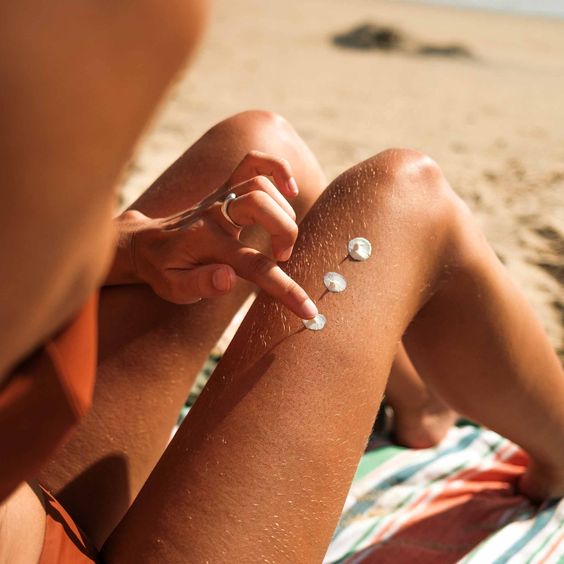
This is incredibly common, is not applying enough sunscreen. And this isn’t just our personal opinion—there are clinical studies that show that the average person applies somewhere between 25 to 75 percent of the recommended amount.
Now, the reason it’s so important to apply the correct amount of sunscreen is because, when you’re looking at the sun protection factor (SPF) of a sunscreen, it is calculated based on applying a certain amount of sunscreen. If you under-apply, then you don’t get the stated SPF that’s on your sunscreen.
For example, if you’re using an SPF 30 sunscreen but you’re only applying half of the recommended amount, then the maximum sun protection that you’re getting from that sunscreen is SPF 15.
So, how much sunscreen should you be using? Ideally, you want to use the amount of sunscreen that’s used when these sunscreens are tested for their sun protection factor, and that amounts to two milligrams per centimeter squared. Now, we don’t know about you, but if someone says, “Use two milligrams per centimeter squared of sunscreen,” it’s pretty hard to figure out what that is. But luckily, scientists have sort of done the heavy lifting for us and calculated that it amounts to about a quarter teaspoon of sunscreen for the face and about 1.5 ounces, or a shot glass worth, of sunscreen for the entire body.
Now, obviously, everyone’s face and body surface area is not the exact same size, so these are just estimates. Another way to estimate how much sunscreen to use for your face is the two-finger method. This involves measuring out the amount of sunscreen on your index and middle fingers. You essentially apply that sunscreen from the base of your finger to the tip, and you do that on both fingers—that’s how much to use for your face. Again, this is an estimate, and you could imagine that if you have a really thick, creamy sunscreen, that’s going to be a lot more product than if you have a really thin, runny sunscreen. So, we suggest using four fingers for really thin, runny sunscreens, and two fingers for thicker, more lotion- or cream-like sunscreens.
The last thing you can do is take the sunscreen that you use on a daily basis, put it into a quarter-teaspoon measure, and then scoop that out to get a sense of how much that is. Then you can replicate that every day with your sunscreen application.
We also think this touches on the importance of finding a sunscreen that you really enjoy using and that’s within your budget. You don’t want to be skimping on sunscreen because it’s too expensive to apply the correct amount. You also don’t want to be applying the incorrect amount just because, as you apply more of that sunscreen, it starts to develop a white cast or starts to feel thick or heavy on the skin.
So, finding a nice sunscreen that you enjoy using, and that still feels good on your skin when you use the correct amount, is really important.
Mistake 2: Not Reapplying
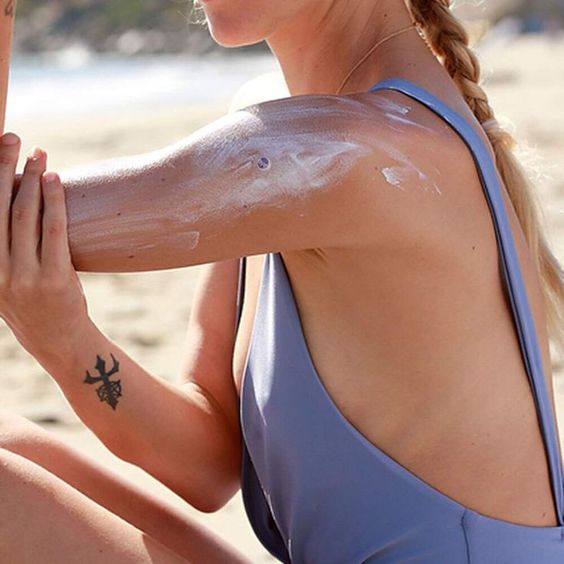
Now, let’s move on to sunscreen mistake number two, which is not reapplying your sunscreen. The general rule for sunscreen reapplication is every two hours, and that’s because after two hours, your sunscreen begins to break down. By breakdown, we don’t mean that the UV filters are actually breaking down and becoming less effective, but when you apply sunscreen, it forms this very even film over the surface of your skin. As the day goes on, that film begins to break apart and it becomes patchy.
We think one of the easiest ways to visualize this is to imagine what someone’s makeup or foundation looks like at the beginning of the day versus the end of the day. Towards the end of the day, it begins to break apart, it starts to clump up, and that’s exactly what happens to your sunscreen too. Also, if you’re not wearing a water-resistant sunscreen, if you are exposed to moisture, whether that’s sweating, pool water, or the ocean, that’s going to disrupt that sunscreen film on your skin and therefore disrupt the UV protection that it’s affording you.
The other thing to keep in mind is that sunscreen is pretty susceptible to frictional forces. So if you get out of the pool and you towel dry yourself, even if you’re using a water-resistant sunscreen, the act of rubbing your skin with the towel disrupts the efficacy of your sunscreen.
Now, this doesn’t mean that after two hours, or after sweating, pool exposure, or after being rubbed with a towel, the efficacy of your sunscreen goes from SPF 50 to SPF zero. It just means that the sun protection factor is decreased to some degree.
This is really where how intense you want to be about your sunscreen reapplication really depends on your ultimate skin goals and your sun protection goals. It also really depends on how much UV exposure you’re actually getting.
For example, for someone, who uses sunscreen for skin cancer prevention as well as prevention of premature signs of skin aging, reapplying sunscreen every two hours is crucial. When outside, probably they do it closer to every hour.
If you have a highly sun-sensitive condition, you may think differently about that, and you may want to reapply every two hours even when you’re inside.
We would say the biggest mistake that we see when it comes to sunscreen reapplication or lack of sunscreen reapplication, is when there are people who are exposed to a lot of UV radiation—on a very sunny day—and you’re spending a prolonged amount of time outdoors, and you’re not reapplying either after two hours, after a lot of water exposure, or after towel rubbing or disrupting your sunscreen barrier in some way.
Mistake 3: Relying on the Sunscreen That’s in Your Makeup
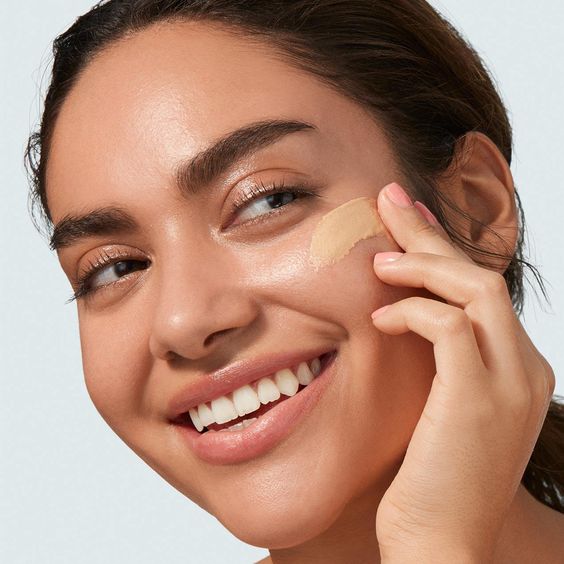
Let’s move on to mistake number 3. This is a common mistake. We are sure some of our readers are already thinking “Well, I don’t use sunscreen, but I have sunscreen in my makeup, and I apply that every day.”
Now, remember, in order to get the sun protection factor that’s stated on a sunscreen product, you need to apply about a quarter teaspoon for your face?
Now, how many people are applying a quarter teaspoon of foundation to their face every day? Hopefully not many, and therefore, they are not getting the full sun protection factor that their makeup says they should be getting. So even if they’re using SPF 20 in their tinted moisturizer, if they’re applying less than a quarter teaspoon, then they may be only getting SPF 5 or SPF 10.
Now, that is still something, and we will take some sun protection over no sun protection, but it’s a mistake to rely on that as your sole way of protecting your skin from the sun with your daily skincare and makeup routine.
Don’t get us wrong—There are plenty of foundations that have UV filters in them and offer some amount of sun protection, but we don’t use them for sun protection at all. If you’re going to be wearing that foundation, you still should apply my sunscreen as though you were not going to be applying anything else that had sun protection in it for that day, and you’re really just using your foundation as makeup, and it’s just sort of a bonus or an add-on that it has any type of SPF.
Mistake 4: Mixing Foundation with Sunscreen
Another mistake regarding makeup and sunscreen is that sometimes people mixing their foundation with their sunscreen. Do not do that.
In fact, do not mix your sunscreen with any type of skincare or makeup product. Do not mix it with moisturizer, do not mix it with your vitamin C serum, do not mix it with anything. This includes mixing two or more sunscreens together. That is not okay!
Disclaimer: In the name of full transparency, please note that this post contains affiliate links and any purchase made through such links will result in a small commission for us.
There are a few brands that explicitly say that some of their sunscreens can be combined—for example, Colorescience does that—but unless you have explicit brand permission and they have told you that it’s okay to combine their sunscreens and they’ve tested them for efficacy in doing that, don’t do it.
Here’s why: Contrary to popular belief, the efficacy of your sunscreen is not exclusively based on the UV filters that your sunscreen has, but rather the entire formulation of your sunscreen. Based on the data that we have now, it does seem that it’s okay to layer two sunscreens on top of one another. So, say you have an untinted sunscreen that’s SPF 30—you could put that down, let it dry down, and then just use a little bit of a tinted sunscreen on top of that. But don’t mix them together before applying.
Mistake 5: Layering Moisturizer on Top of Sunscreen
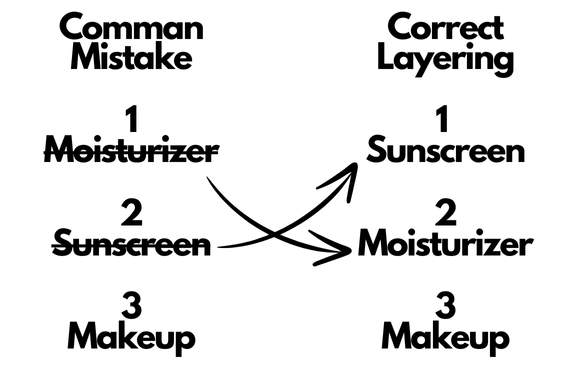
On the topic of layering products, that actually brings us to our next mistake, which is people putting their moisturizer on top of their sunscreen instead of underneath it. People think of sunscreen as the final step of their skincare routine. So, they wash their face, they apply their serums, their eye creams, their moisturizer, and the final step in that skincare routine is their sunscreen.
The other way you can think of sunscreen application is as the first step of your makeup routine, meaning that you put sunscreen on first, and then you can go in with your primer and the rest of your makeup. But your sunscreen should always go on after your moisturizer.
This mistake occurs more often in older generations, and it’s because there used to be this idea that sunscreen needed to go on the skin and then absorb for 15 minutes into your skin before it became effective. So, you didn’t want to put that on top of your moisturizer because your moisturizer might block the ability of the sunscreen to absorb. But that’s really not how sunscreen works. It doesn’t really absorb into your skin, and that’s not the way it exerts the most amount of its efficacy. It really works by forming a nice, even film on the top layer of your skin, so you want to apply it on top of your moisturizer as that final protective barrier.
Mistake 6: Skipping the Rest of Your Body
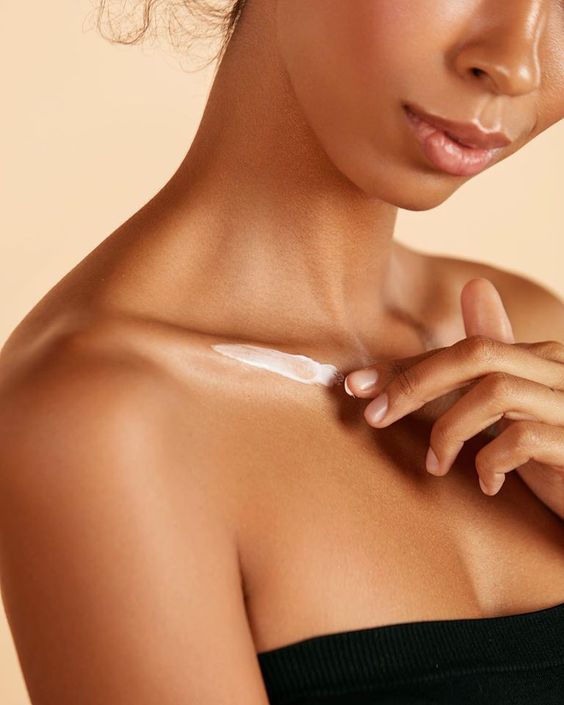
Another common sunscreen mistake I see is only applying sunscreen to the face and skipping the application of sunscreen on other parts of the body that are chronically exposed to the sun, like the ears, the neck, the chest, the forearms, and the hands.
If you wear rings or a watch on a daily basis, a quick way to check if you are making this mistake is: do you have a watch tan, or do you have tan lines around your rings? If so, you may want to up your sun protection game in those areas.
For those with fairer skin, these are very common areas where I see skin cancers develop: the back of the hands, the forearms, the neck, and the ears. This is why I really mention this for skin cancer prevention, but also, if you are trying to prevent any signs of premature skin aging, covering those areas or keeping them more well-protected from the sun will help.
Mistake 7: Not Using Other Forms of Sun Protection
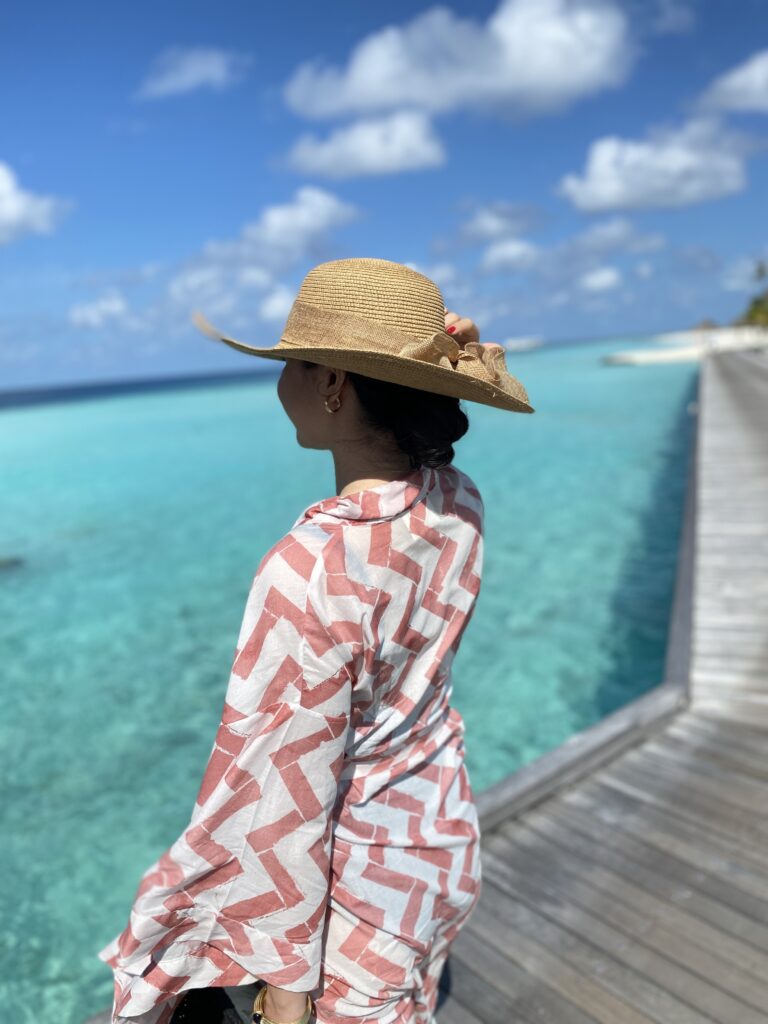
Speaking of sun protection, another common sunscreen mistake is relying too much on sunscreen and not using other forms of sun protection. Of course, the best way to do this is to avoid mid-day sun, but that’s not always feasible in our everyday lives, depending on what activities we like to do. So, other things you can use to protect your skin from the sun besides sunscreen include wide-brim hats and sun-protective clothing.
You also don’t necessarily have to buy clothing that is specifically made for sun protection or has an ultraviolet protection factor (UPF) rating. If you hold a piece of clothing up to the light and you can’t see any light passing through it, that’s sort of a quick way to tell if it’s going to be UV-protective for you.
The advantage of clothing with a high UPF rating is that it tends to be designed in a way that can help keep you cool or tends to be a little bit more lightweight, so we do recommend UPF clothing for athletes or for people who are doing a lot of activity outdoors.
If you like to hike, so you spend a ton of time outdoors, and you should rely on your clothing to give you the most amount of sun protection, and then the areas that continue to be exposed, like your face and neck, your hands, your ankles—that’s what you’ll cover with sunscreen.
Mistake 8: Skipping Sunscreen on Cloudy Days

That brings us to our next sunscreen mistake, which is skipping your sunscreen on a cloudy day. Clouds are quite good at blocking visible light from the sun, which is why it tends to look dark outside when it’s cloudy out, but they are much less good at blocking UV radiation. That’s why you can still get a sunburn after spending time outside on a cloudy day.
We suggest you put sunscreen on every morning, but if you are one of those people who wants to figure out, “Well, what are the days I can kind of skip my sunscreen because I don’t really want to have to put it on every day?” we would say check the UV index where you live.
You can find that within the weather app on your phone or on the internet, and if it’s two or below, you can probably get away without your sunscreen.
Mistake 9: Using Expired Sunscreen
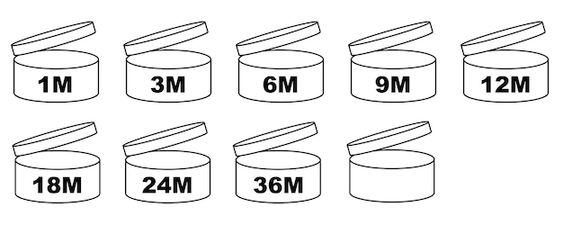
The next sunscreen mistake is using expired sunscreen. You can always check the expiration date of your sunscreen on the bottle, tube, or jar—it should be on there. And if it’s past the expiration date, it’s time to toss it. Could that sunscreen still be perfectly effective? Absolutely, it’s completely possible, but you just don’t know, so why risk it?
The other thing you’ll see on your sunscreen container is a period after opening, or PAO, symbol. This symbol indicates how long your product is useful after it’s been opened. The PAO symbol typically looks like a little jar that’s partially opened, and then it’ll say something like “6M” or “12M” within the jar, meaning that that product has proven stability for six months or 12 months after opening.
But beyond that, the manufacturer can’t guarantee that the product is safe and effective for you. So, let’s say your sunscreen container says that it expires 24 months from today. Expiration dates are only valid if you keep the box unopened. But you opened it seven months ago, and the PAO is 12 months. That means five months from now, after 12 months have passed since your sunscreen has been opened, it’s probably time to get rid of it, even though you haven’t reached the expiration date of that sunscreen.
If you have an open sunscreen that you haven’t finished in six months or 12 months, then you probably don’t love that sunscreen anyway, and it’s time to move on and find something better.
Mistake 10: Leaving Sunscreen in a Hot Car
Okay, we’ve arrived at our final sunscreen mistake and that is leaving your sunscreen in a hot car. There are so many people saying “I have a sunscreen that I exclusively keep in my car or my trunk so that I’m never caught away from home without sun protection.” But the problem with that is that sunscreen is quite susceptible to breakdown when exposed to extreme cold or extreme hot temperatures, so the car is not really an ideal place to store it.
We know it’s much less convenient, but we would much prefer you to carry your sunscreen in your purse or your bag—something that’s not getting left in the car—just to ensure that your sunscreen is always as effective as possible.
Okay, those are the sunscreen mistakes that many people make. Were you guilty of making any of them?
Disclaimer: In the name of full transparency, please note that this post contains affiliate links and any purchase made through such links will result in a small commission for us.

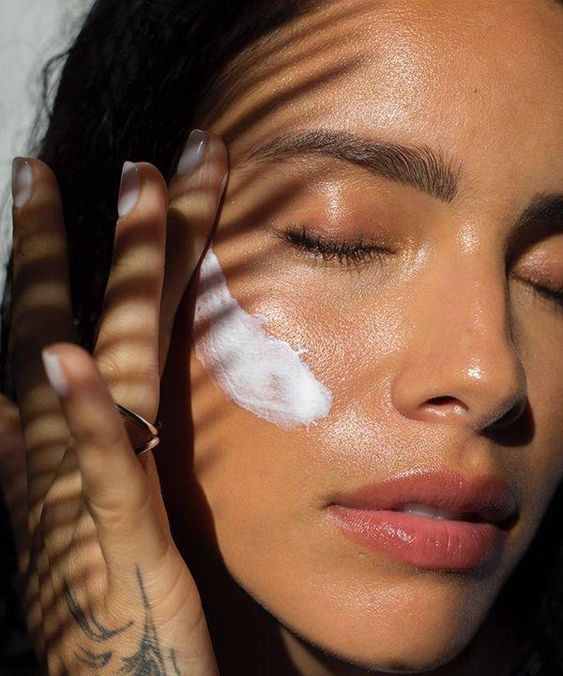

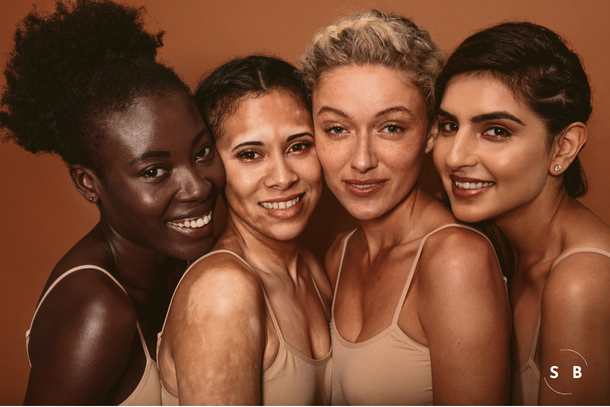
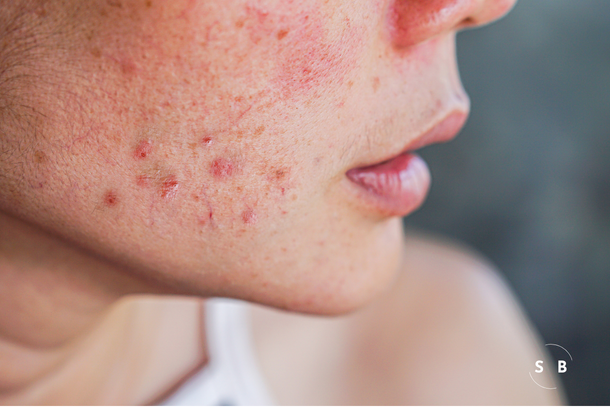
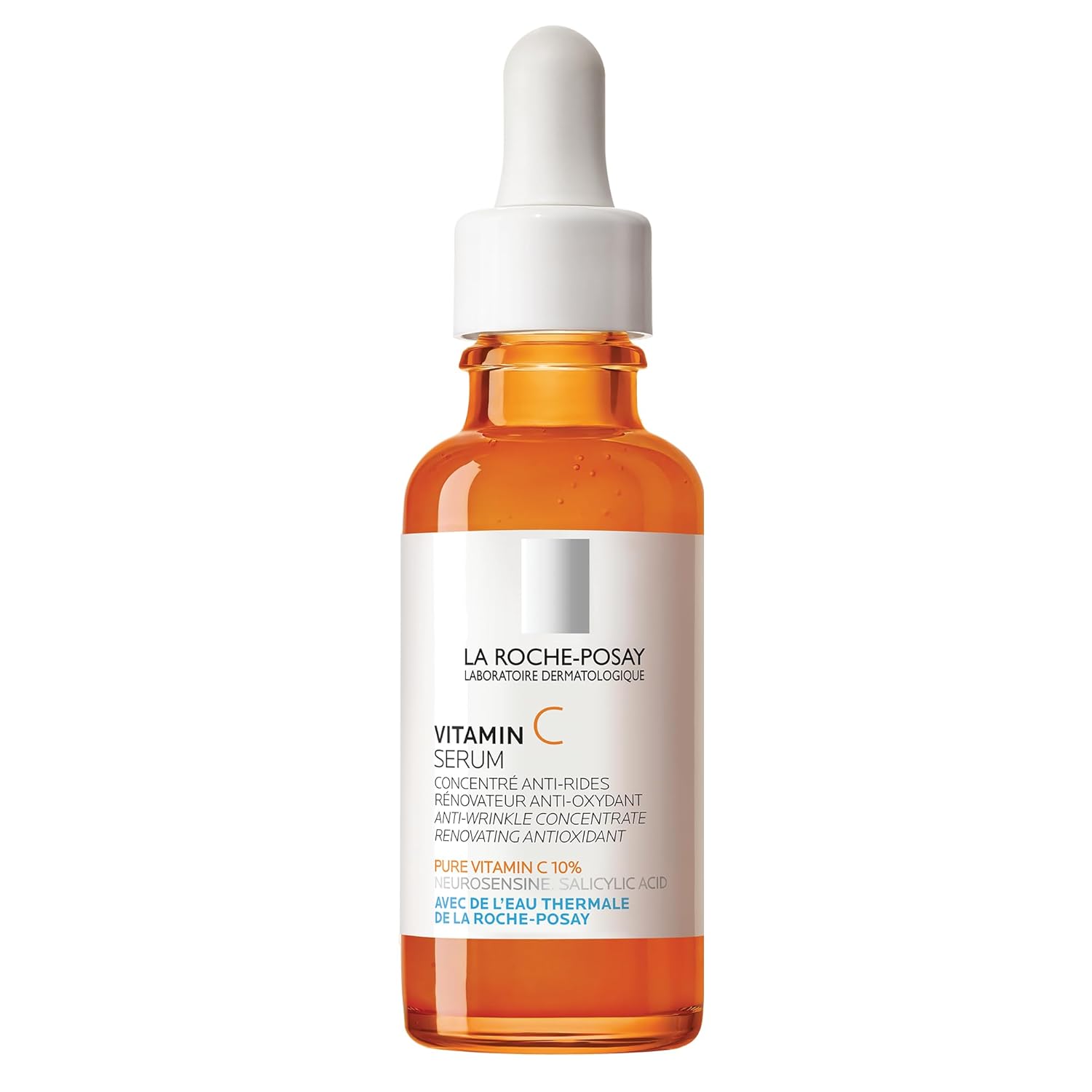
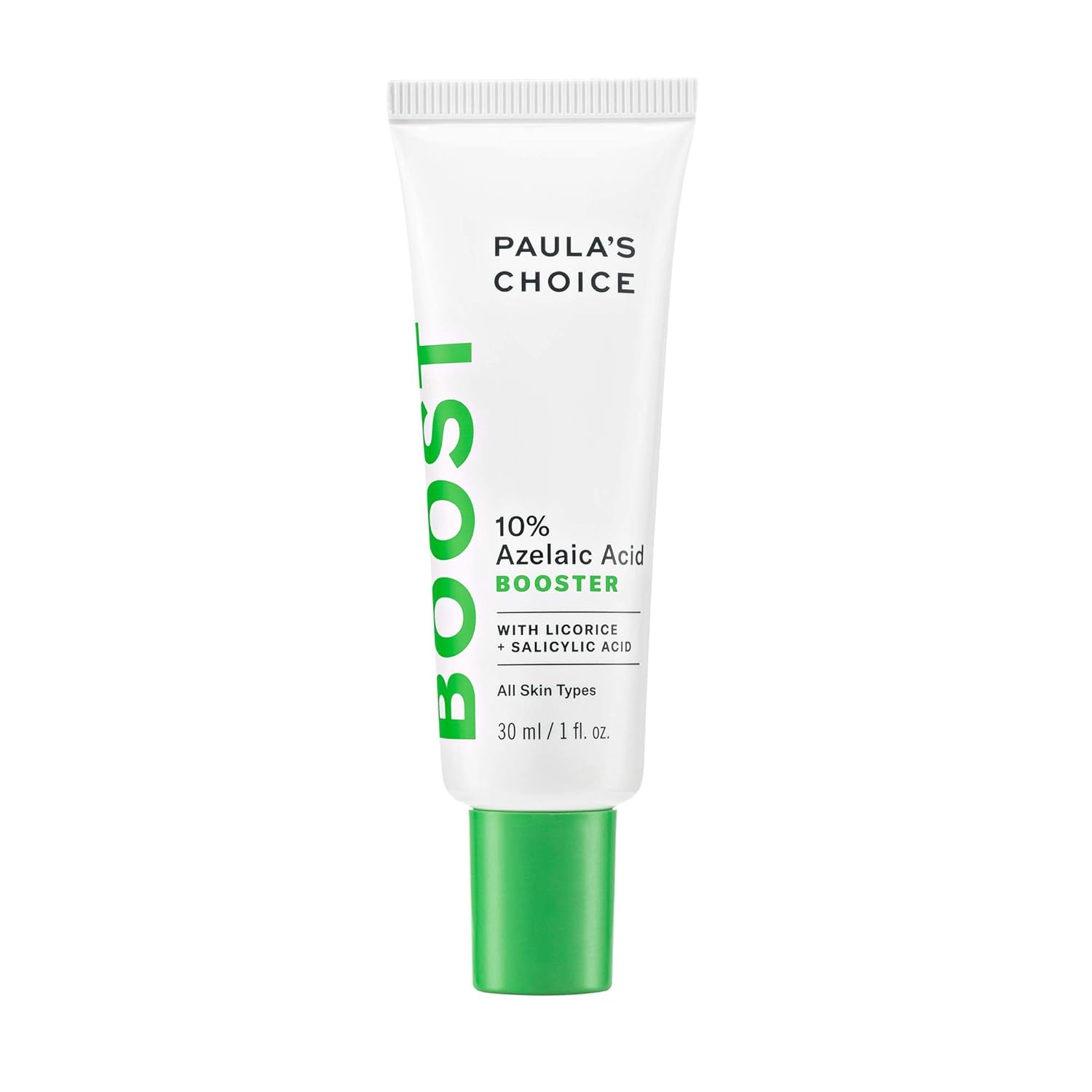
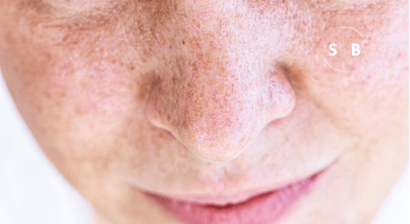
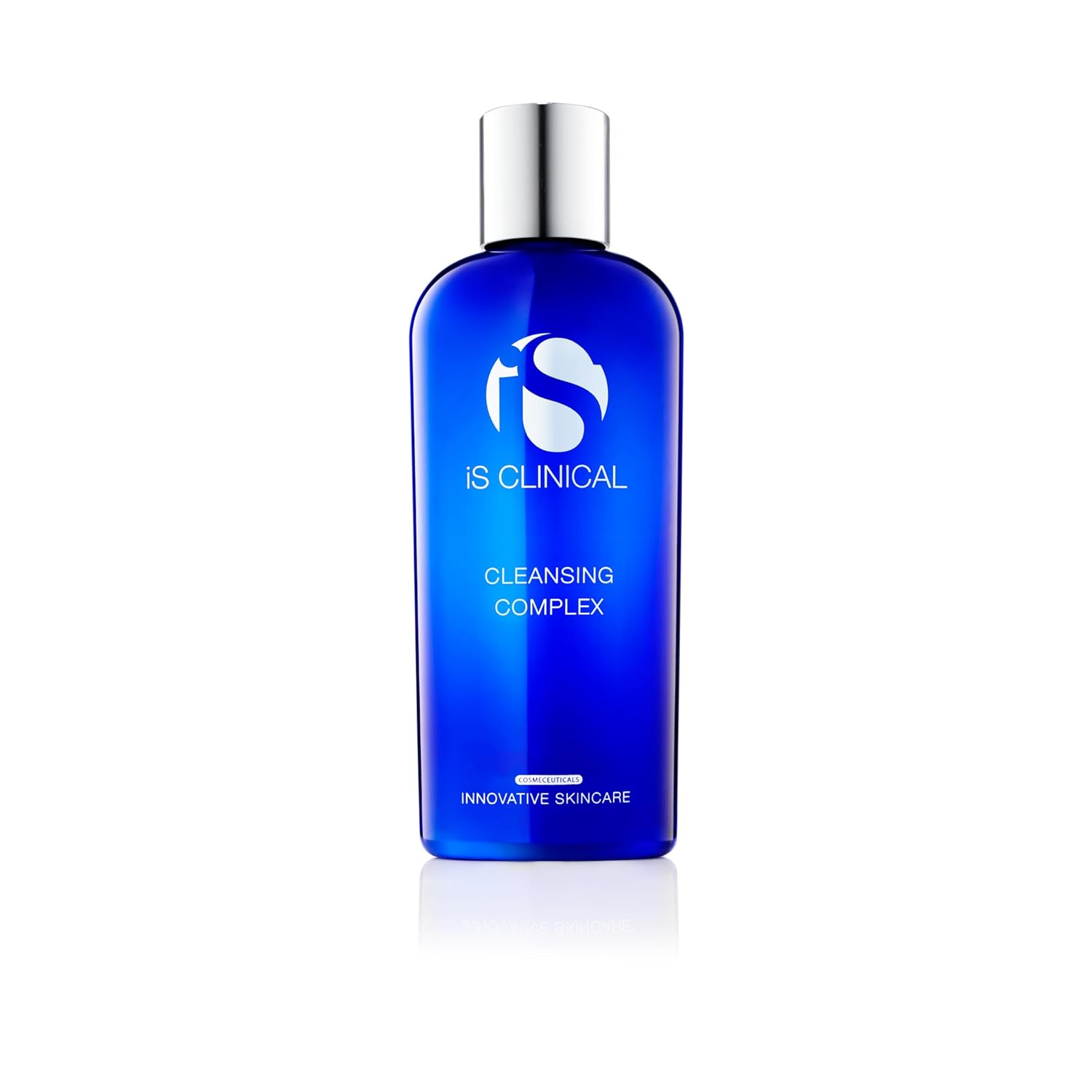
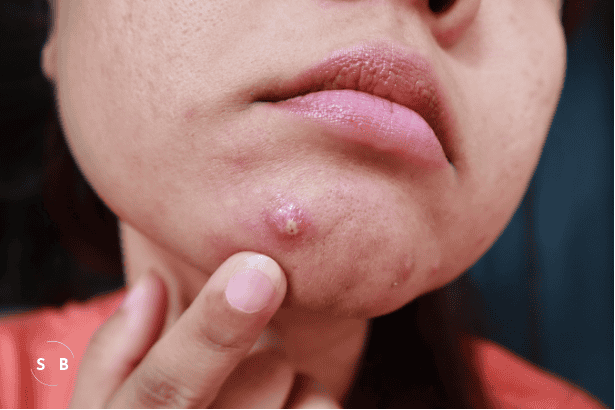
Leave a Reply